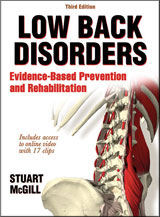Medically speaking, foot drop is an inability to dorsiflex your ankle. In mere mortals it shows up as "foot flop" when walking. Your heel hits first and the Anterior Tibialis muscle resists the opening of the ankle. No resistance from that muscle - you get the flop and it's hard to walk normally. A lack of dorsiflexion for a skier means you lose the ability to pressure the front of the ski effectively and when the affected leg is on the inside it changes how you turn. The google is full of info so I won't go any further with the established medical facts except to note the causes of foot drop are varied and include some rather concerning scenarios such as stroke, tumors pressing on a nerve, spinal / sciatic nerve problems etc.
Anyway I've come down with a "medium" case of foot drop and I've given it a week to resolve itself or at least have some improvement but so far it hasn't gotten better. I guess it could be just an over use situation, I've been tippin' and flexin' a lot lately to improve my skiing. I can't say I'm in pain but I certainly can't close my ankle with any force at all - it's just flopping around mostly.
So the question is: has anyone experienced this? What was the cause? How did you deal with it?
Anyway I've come down with a "medium" case of foot drop and I've given it a week to resolve itself or at least have some improvement but so far it hasn't gotten better. I guess it could be just an over use situation, I've been tippin' and flexin' a lot lately to improve my skiing. I can't say I'm in pain but I certainly can't close my ankle with any force at all - it's just flopping around mostly.
So the question is: has anyone experienced this? What was the cause? How did you deal with it?
